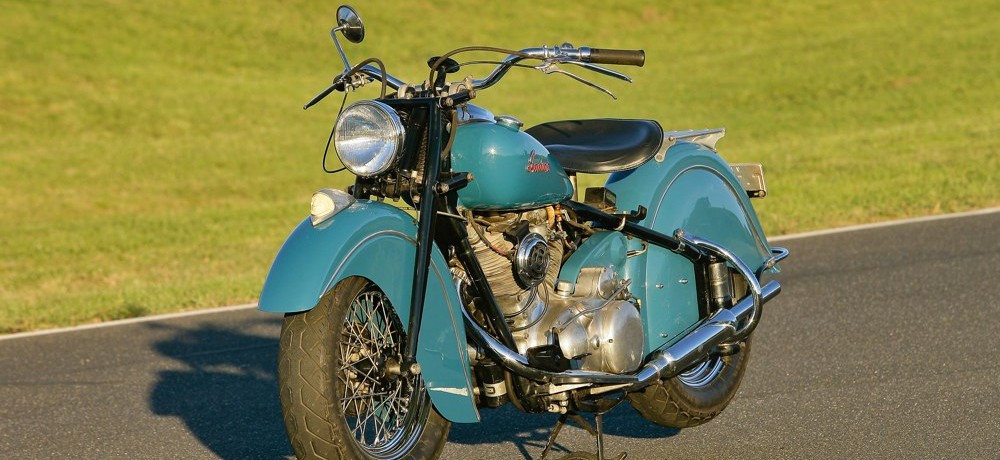Very few people know about a possible merger between two Goliaths in the motorcycle industry that could have changed the face of motorcycling as we know it
The successful relaunch of the Indian brand by Polaris Corp. marks the latest chapter in 115 years of tribal turmoil representing the fortunes of America’s oldest and most historic motorcycle marque, ever since the Indian Motocycle Company was founded back in 1901 in Springfield, Massachusetts. This time around, though, Indian really is back for good and already poses a serious challenge to the two-wheeled supremacy of its two years younger Harley-Davidson rival.
But imagine shoehorning a Ducati V-twin superbike engine into the rolling chassis of a modern 2016 Indian Chief, replacing its pushrod overhead-valve (OHV) motor with a smaller-capacity yet higher-performance powerplant aimed at securing bragging rights over its Harley-Davidson rival. Unthinkable, right? Yet that’s today’s exact equivalent of what happened seven decades ago, when Indian combined with Britain’s illustrious Vincent marque – the world’s leading sportbike brand – to create the one and only Vindian.
Rivals at War

In October 1945, Ralph B. Rogers, a 35-year-old investor with no experience in the motorcycle industry, purchased Indian from the DuPont family. He decided to focus on building small and midsize British-style bikes, and instructed his team of engineers to create lightweight singles, like the 13 cu. in. (213 cc) Arrow 149 and 26 cu. in. (426 cc) Super Scout 249, leaving Indian dealers unable to meet the huge postwar demand for traditional heavyweight V-twins. Production began the following October, after what proved to be a suicidally short development time, which meant that it was the company’s first customers who discovered Indian’s new Torque engines wouldn’t stand up to hard use. The production shutdown, and the time and money lost in addressing these problems only added to Indian’s financial plight.
Purchase the issue to continue reading































